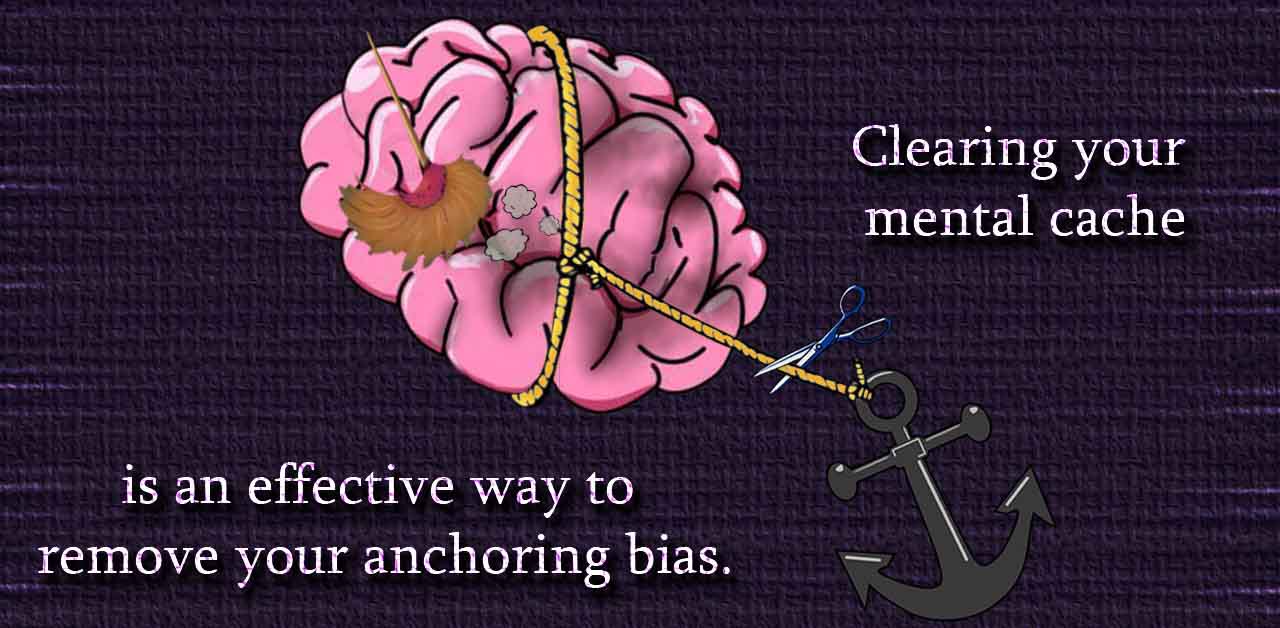

In the research paper of Tversky and Kahnemann (1974), subjects first faced a random number by spinning a wheel of chance from 0 to 100. That is why this seminar thesis builds on it as well. The paper of Kahnemann and Tversky (1974) serves as the cornerstone for the related literature conducted so far. Anchoring effects have first been studied by Tversky and Kahnemann (1974). In the field of Behavioral Economics, heuristics play a substantial role in daily business. Finally, chapter 6 briefly concludes and gives and outlook. Chapter 5 critically assesses the research design with its limitations and supplies possible extensions. Section 4 begins with the research design that is suggested to answer the hypotheses and explains the data acquisition. Chapter 3 replicates the four research hypotheses and its underlying motivation. The paper first gives a deeper understanding of the background of anchoring effects and summerizes the related literature. This paper is organised in the following way.

Finally, this paper extents the research by asking whether risk-aversion is correlated to the anchoring bias. Thirdly, the paper assumes a positive correlation between motivation and cognitive capacity influence the estimates significantly. The second hypothesis to be proved is whether the anchoring bias can mitigate by giving explanations on the comparative task answers. The first assumption to be tested is whether a comparative task yields to higher anchoring bias when an anchor is provided or self-generated. This paper aims to combine both of these explanations and test four hypotheses in an experimental setting related to financial markets. They suggest that the anchoring effect is rather a combination of insufficient adjustment and selective accessibility. An alternative explanation is found in the studies conducted by Mussweiler et al. The anchoring bias appears in the last step as the estimation is inevitably biased toward the initial anchor. In an experimental setting the anchoring effects are examined by first showing the participant an arbirary number, then comparing it to a certain targeted value and finally giving an own estimation. (1974, 1995, 1996) conducted three studies and concluded anchoring bias as the disability of adjustment processes. Many researchers tried to figure out the reasons for the anchoring bias. However basic anchoring effects appear even when individuals are not expected to compare the value to a certain estimation task (Wilson et al.

Humans are affected by anchors on a daily basis especially when confronted with quantitative tasks. The phenomenon of Anchoring bias refers to the influence of arbitray numbers in decision making under uncertainty. 4.1.1 Data analysis and theoretical resultsĥ General Discussion and model limitationsĨ Publication bibliography 1 Introduction


 0 kommentar(er)
0 kommentar(er)
